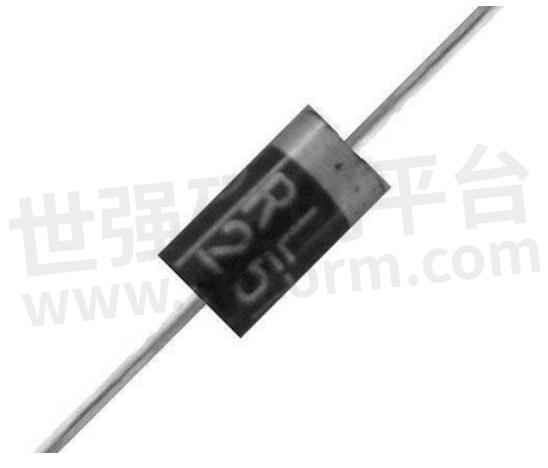Silicon Rectifier Diode Characteristics and Working Principle

Rectifier diodes are mainly used for various low-frequency half-wave rectifier circuits. If full-wave rectification is required, they must be used as rectifier bridges. This article mainly introduces the characteristics and working principle of Silicon rectifier diodes.
The rectifying diode uses the unidirectional conductive characteristic of the PN junction to convert the alternating current into pulsed direct current. Rectifier diodes have large leakage currents, and most are diode-packaged diodes. The appearance of the rectifier diode is shown in Figure 1. In addition, the parameters of the rectifier diode, in addition to the several introduced above, also have the maximum rectified current, which refers to the maximum current value through which the rectifier diode is allowed to operate for a long time. It is the main parameter of the rectifier diode, and is the main basis of the rectifier diode for the option.
Silicon rectifier diode characteristics
The characteristics are the advantages of each product. There is no specific feature display, and it can only be used as a jewelry. What are the characteristics of silicon rectifier diodes? We know that the biggest role of silicon rectifier diodes is to convert AC to DC, while the rectifier diodes have more current, most of which are packaged with contact materials. In addition, there is maximum rectified current, which is allowed through silicon. The maximum current value in the rectifier diode is the main basis for choosing a silicon rectifier diode and is also a parameter of the silicon rectifier diode.
Silicon rectifier diode work principle
Silicon rectifier diodes convert AC to DC. The biggest feature is the unidirectional conductivity of silicon rectifier diodes. There is usually a pn junction with negative and positive poles, N represents electrons, and P represents holes. A potential barrier is formed between the two, so that the P and N regions are set to the positive voltage. This reduces the potential barrier so that the storage carriers passing through both sides of the potential barrier can pass the maximum current and have a reduced voltage. The role of this state, silicon rectifier diodes form a positive conductive state. If the barrier is increased, a reverse blocking state is formed.

Fig.1
- +1 Like
- Add to Favorites
Recommend
This document is provided by Sekorm Platform for VIP exclusive service. The copyright is owned by Sekorm. Without authorization, any medias, websites or individual are not allowed to reprint. When authorizing the reprint, the link of www.sekorm.com must be indicated.


























































































































































































































































































































































































































































































































































































































































































































































































































































































































